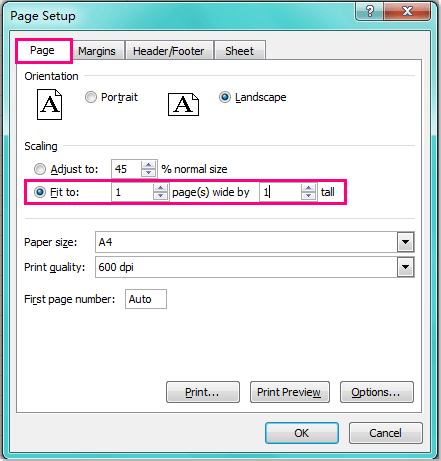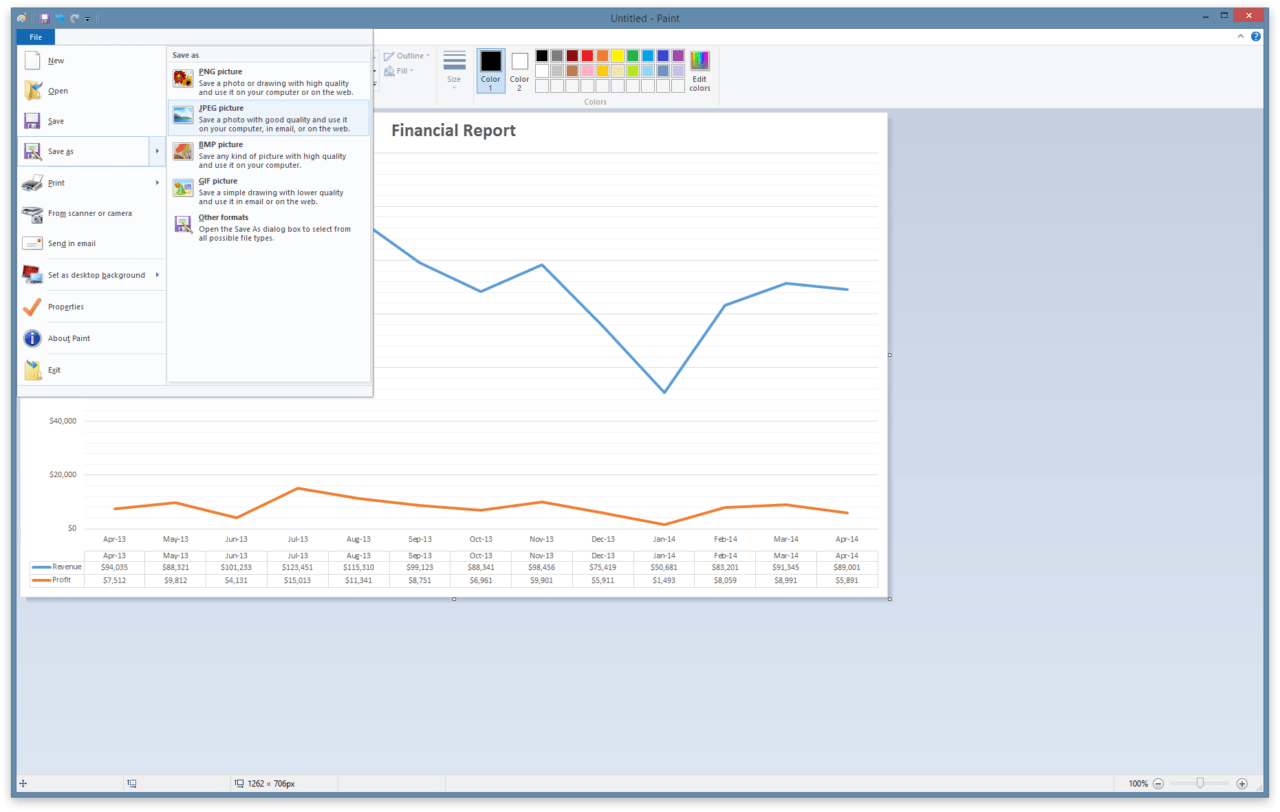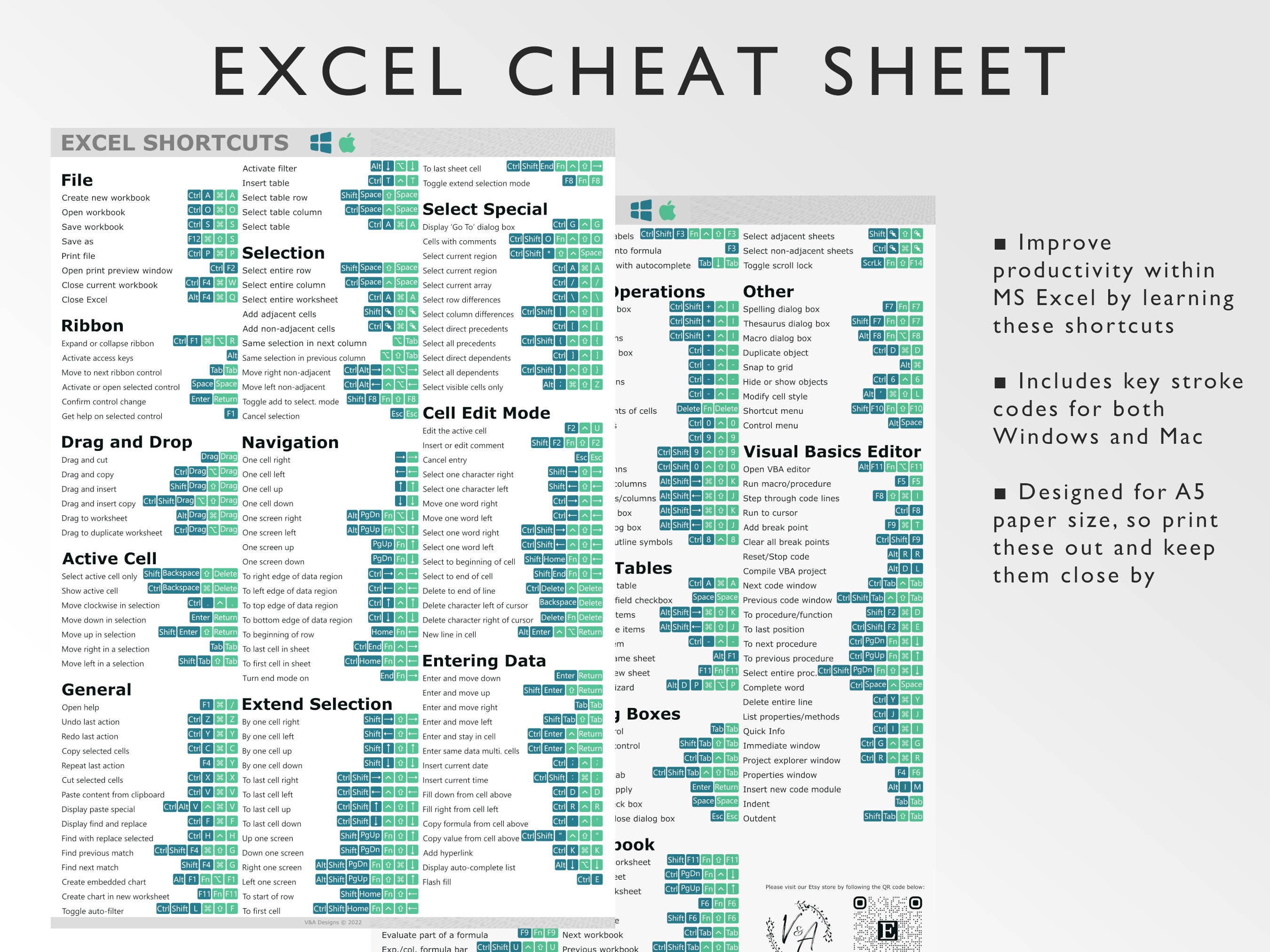Export Excel to PDF: All Sheets on One Page

Excel is renowned for its robust data manipulation capabilities, yet when it comes to presenting this data in a format accessible to those without Excel, converting spreadsheets into PDFs is a frequent necessity. This blog post will guide you through a detailed process to export all sheets of your Excel workbook to a single PDF page, providing a cohesive overview for reports, presentations, or data-sharing.
Understanding the Process

Before diving into the specifics, it's vital to understand that Excel does not natively support exporting multiple sheets into one PDF page. However, there are workarounds and third-party tools available that can make this possible.
- Manual Approach: Copy-pasting each sheet into a single sheet before exporting.
- Third-Party Add-Ins: Software solutions that can automate this process.
- Power Automate: Use Microsoft's tool to automate repetitive tasks.
Manual Export to PDF

If you prefer a hands-on approach, here’s how you can manually combine multiple sheets into one:
Step 1: Prepare Sheets

Ensure that each sheet you want to export has been formatted and finalized. Any changes made after this step will not appear in the final PDF.
Step 2: Create a Master Sheet

Add a new sheet to your workbook where you will consolidate all other sheets:
- Go to the ‘Insert’ tab and click ‘Insert Sheet’.
- Name this new sheet something like “Master Sheet” for clarity.
Step 3: Copy Each Sheet to the Master Sheet

- Select all cells in the first sheet by pressing Ctrl+A, then copy (Ctrl+C).
- In your “Master Sheet,” right-click where you want to start pasting and choose ‘Paste Link’ from the paste options. This will ensure that any changes in the original sheet will be reflected in the Master Sheet.
- Repeat for all sheets you want to include.
Step 4: Format the Master Sheet

Adjust the layout, add headers or footers, and ensure that all data fits well together:
- Resize columns and rows if needed.
- Add page breaks if you need to control the flow of data onto new pages within the PDF.
Step 5: Export to PDF

- Click on ‘File’ > ‘Save As’ > ‘PDF’.
- Select ‘Entire Workbook’ in the ‘Options’ button if not already selected, then save.
📌 Note: The manual method ensures flexibility but can be time-consuming with multiple sheets.
Using Third-Party Add-Ins

For those who regularly need to export all sheets to one PDF, consider using add-ins like:
- PDF & Print Excel Add-In
- DocuFreezer
- Kutools for Excel
Installation

Follow the provider's instructions to install these add-ins, which typically involve:
- Downloading the software from their official site.
- Installing the software, which might require Excel to be closed during installation.
- Enabling the add-in within Excel via 'File' > 'Options' > 'Add-ins'.
Using the Add-In

- After installation, find the add-in in the 'Add-ins' tab in Excel.
- Select the sheets you want to combine, then follow the add-in's specific instructions to create a single PDF.
📌 Note: Always keep add-ins up to date to ensure compatibility with the latest version of Excel.
Automation with Power Automate

Power Automate (formerly Flow) provides a way to automate tasks within Office 365 applications, including Excel:
Setup

- Sign into Power Automate with your Office 365 account.
- Create a new flow with Excel Online (Business) as the trigger.
- Configure the flow to run when a workbook is modified or at scheduled intervals.
Exporting to PDF with Power Automate

- Add an action to “Convert Excel file to PDF” within the flow.
- Set up the action to combine all sheets into one document.
- Choose where to save the PDF file, whether OneDrive, SharePoint, or another location.
- Save and test your flow to ensure it works as expected.
| Method | Automation Level | Complexity | Cost |
|---|---|---|---|
| Manual | None | Low | Free |
| Add-Ins | Medium | Medium | Free to Paid |
| Power Automate | High | High | Part of Office 365 Subscription |

The above table compares the different approaches for exporting all Excel sheets to one PDF.
Wrapping Up

In summary, exporting all sheets of an Excel workbook to a single PDF page can significantly streamline data presentation and sharing. Whether you choose the manual approach for its simplicity, opt for add-ins for added functionality, or leverage Power Automate for automation, there are multiple paths to achieve this goal. Each method has its advantages, and the choice depends on your specific needs, the frequency of the task, and your familiarity with the tools involved.
Can I export only specific sheets to one PDF page?

+
Yes, using the manual method or certain third-party add-ins, you can choose which sheets to include in your PDF. However, if you’re using Power Automate, you’ll need to ensure that your flow only processes the sheets you want to combine.
What if my sheets have different page orientations?
+If you’re using the manual approach, you might need to adjust the orientation of each sheet before copying them into the Master Sheet. Some add-ins and Power Automate can handle different orientations, but review their capabilities or documentation for any limitations or workarounds.
Does the process preserve formatting, including charts and formulas?
+The manual approach and most reputable add-ins should preserve your formatting, charts, and formulas. However, when exporting to PDF, formulas will be converted to their calculated values. If preserving dynamic data is crucial, consider saving a link or printing to PDF with Excel formulas intact.



